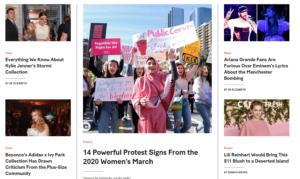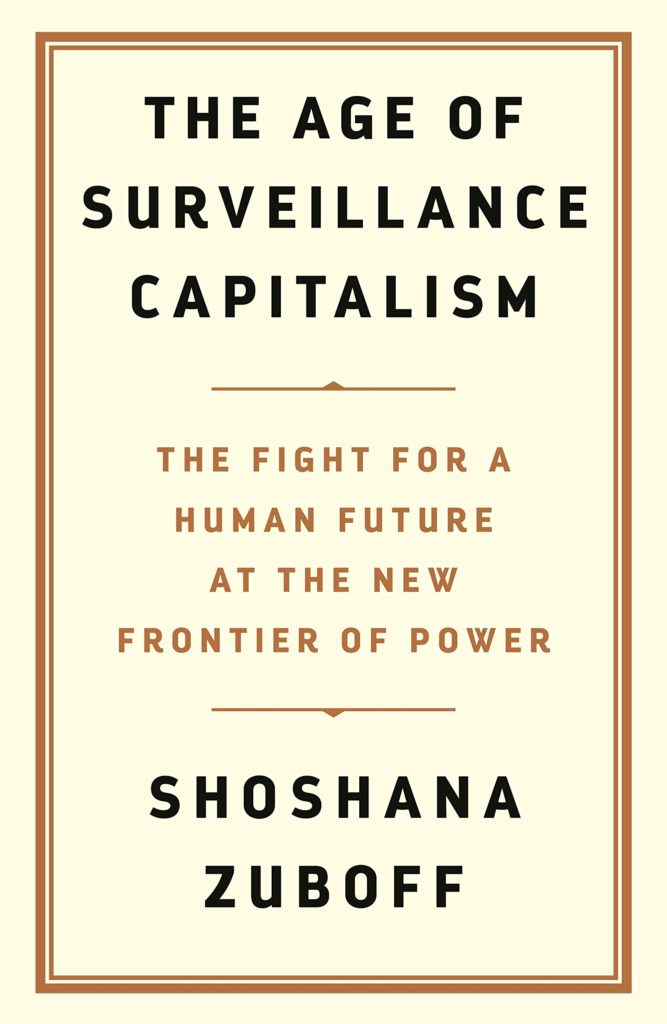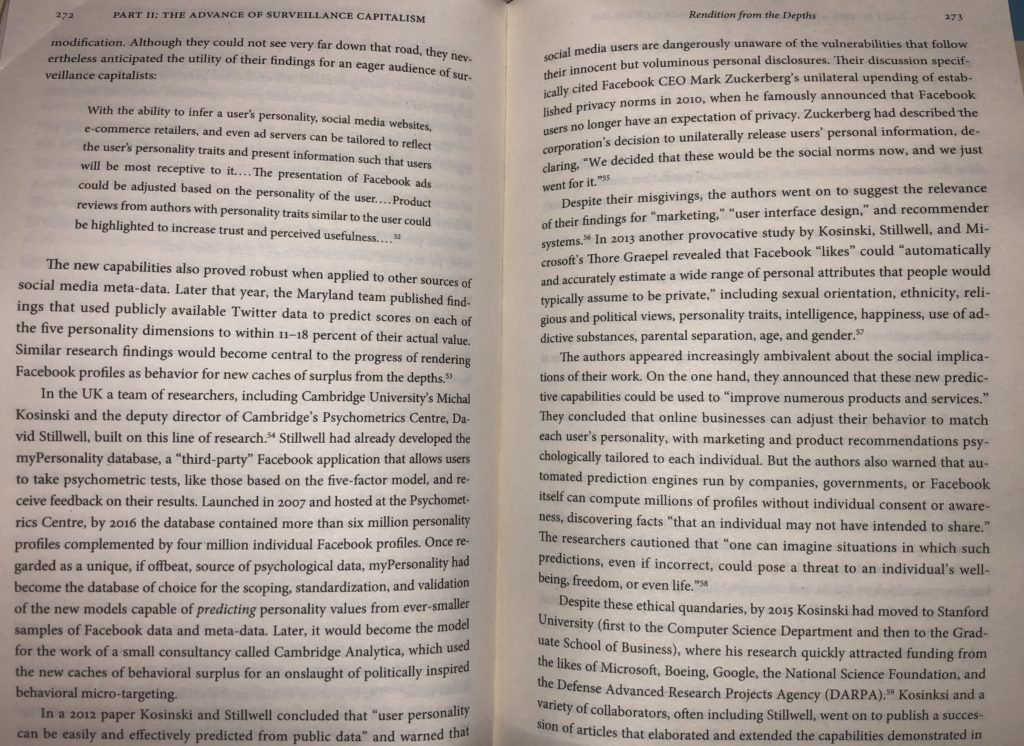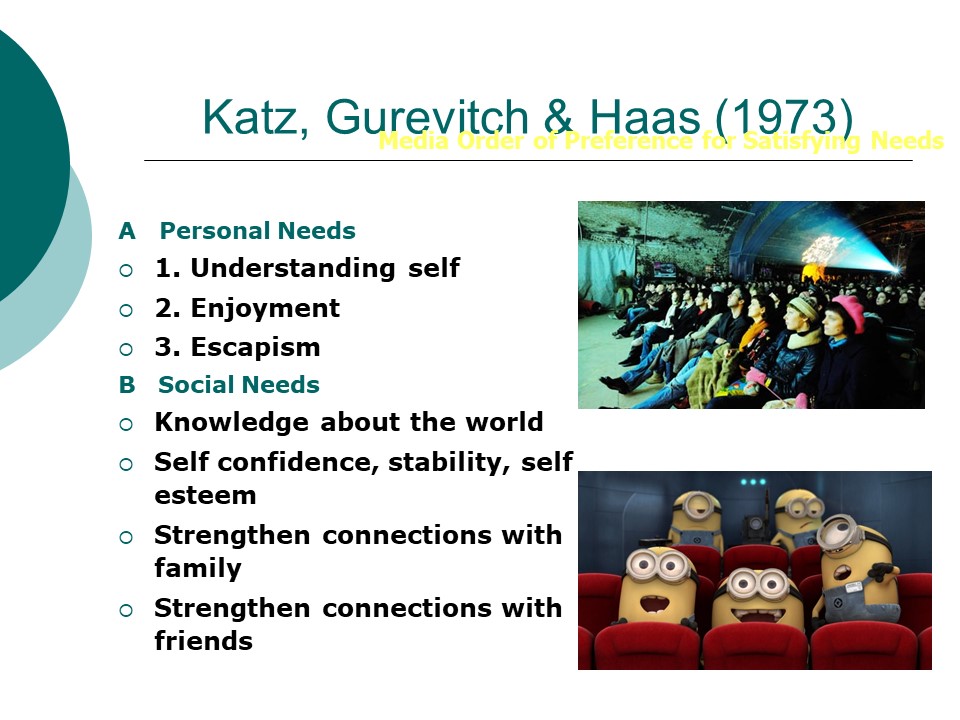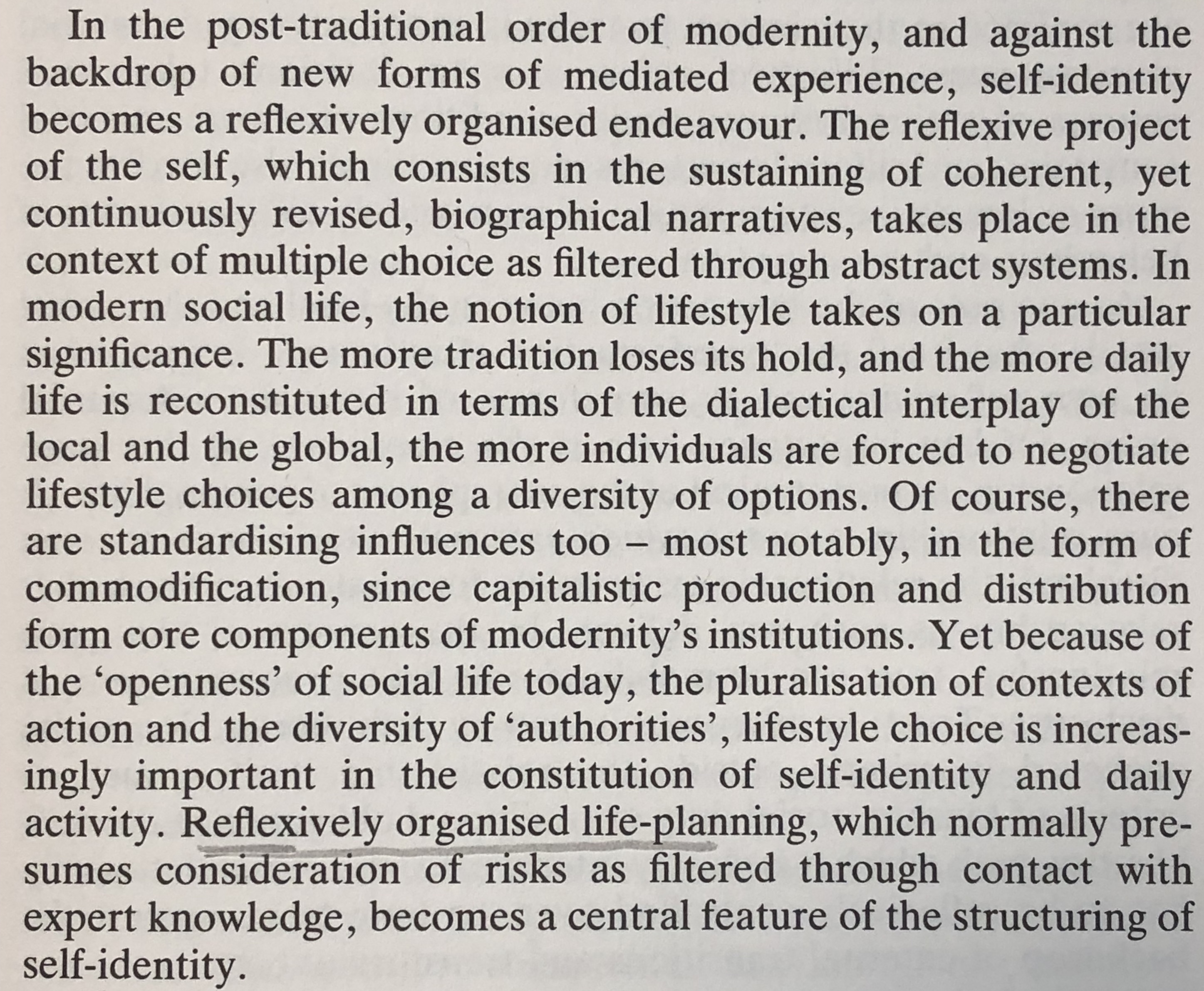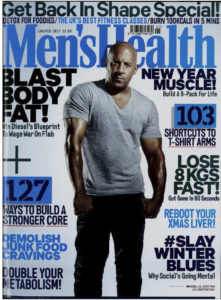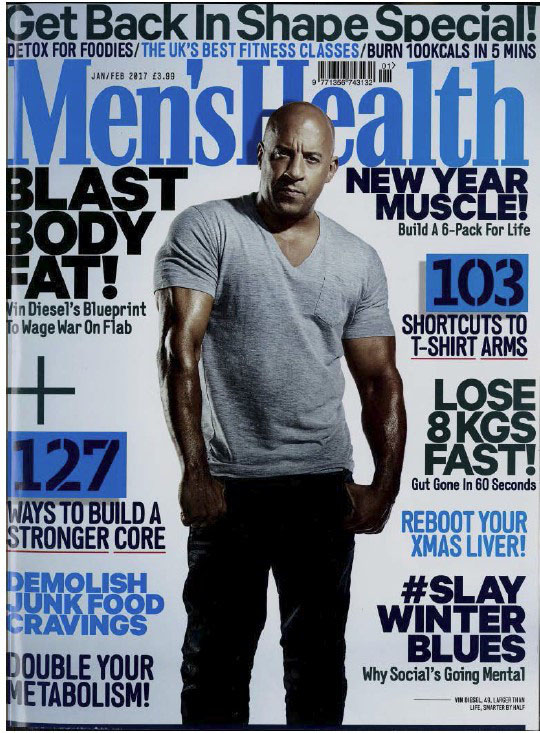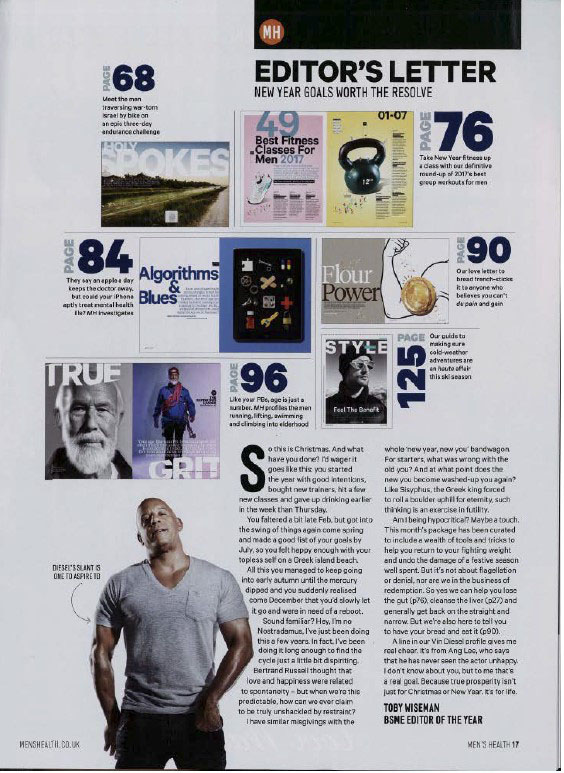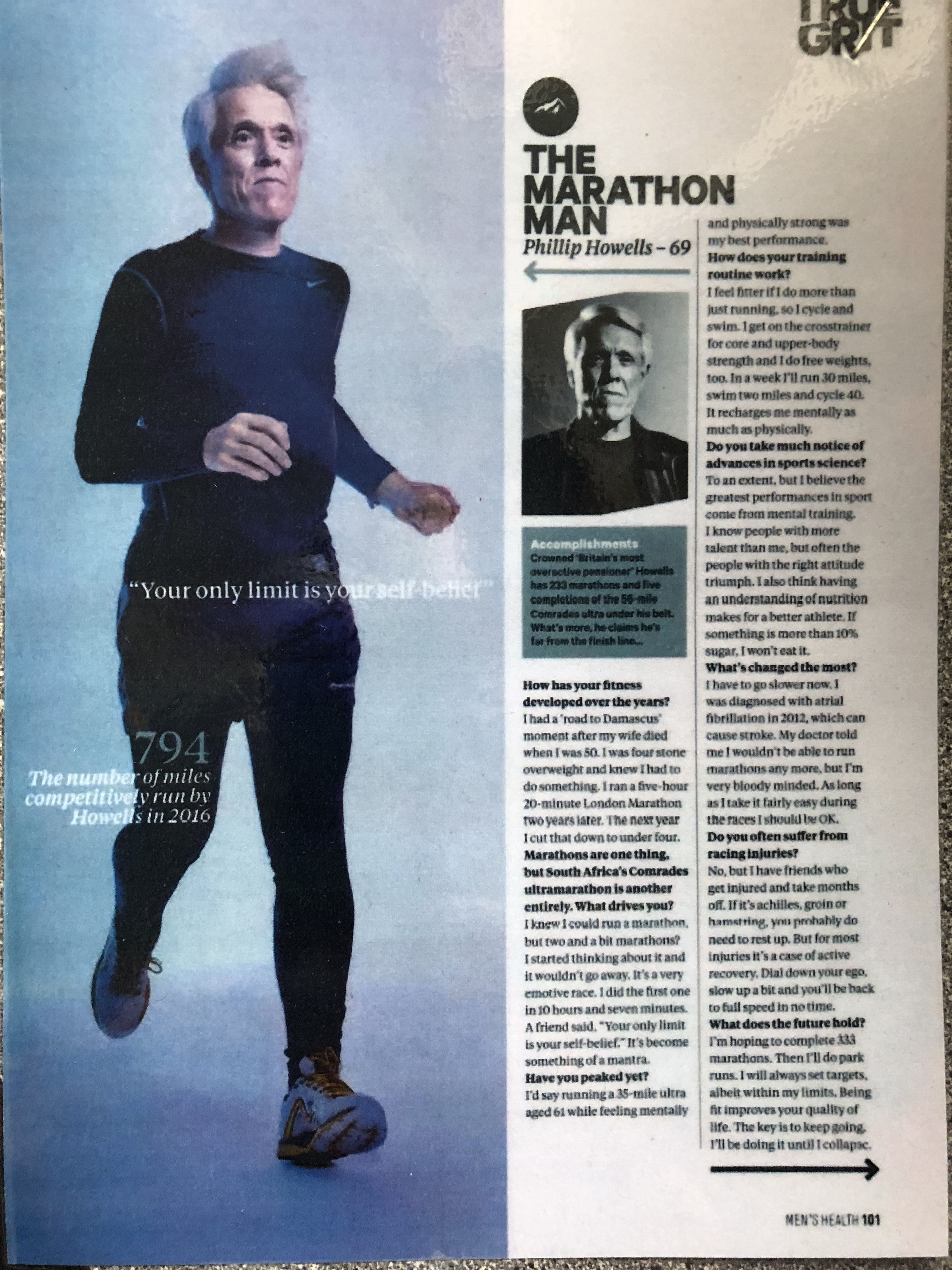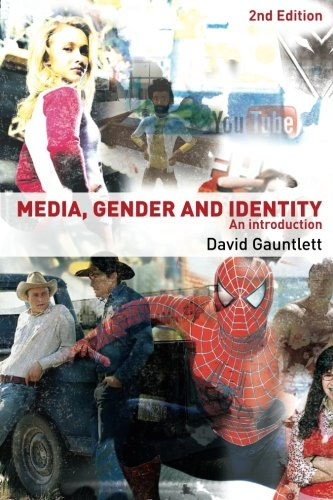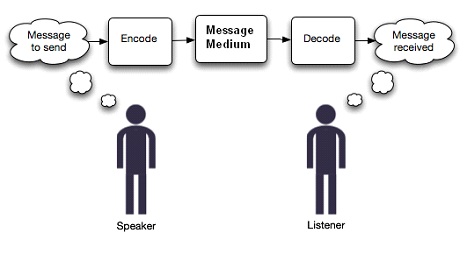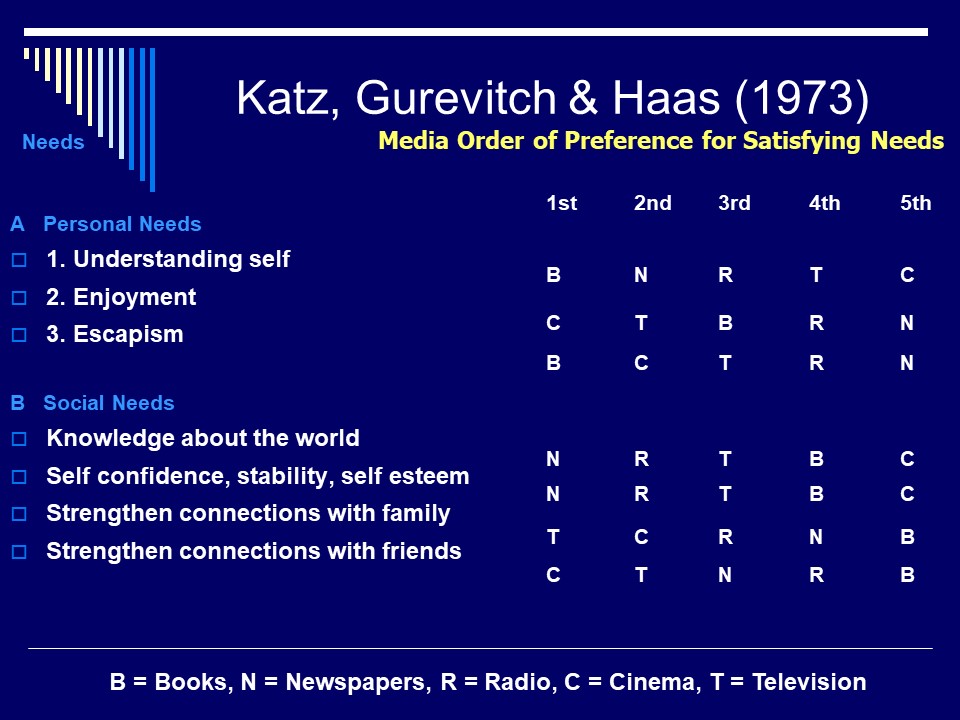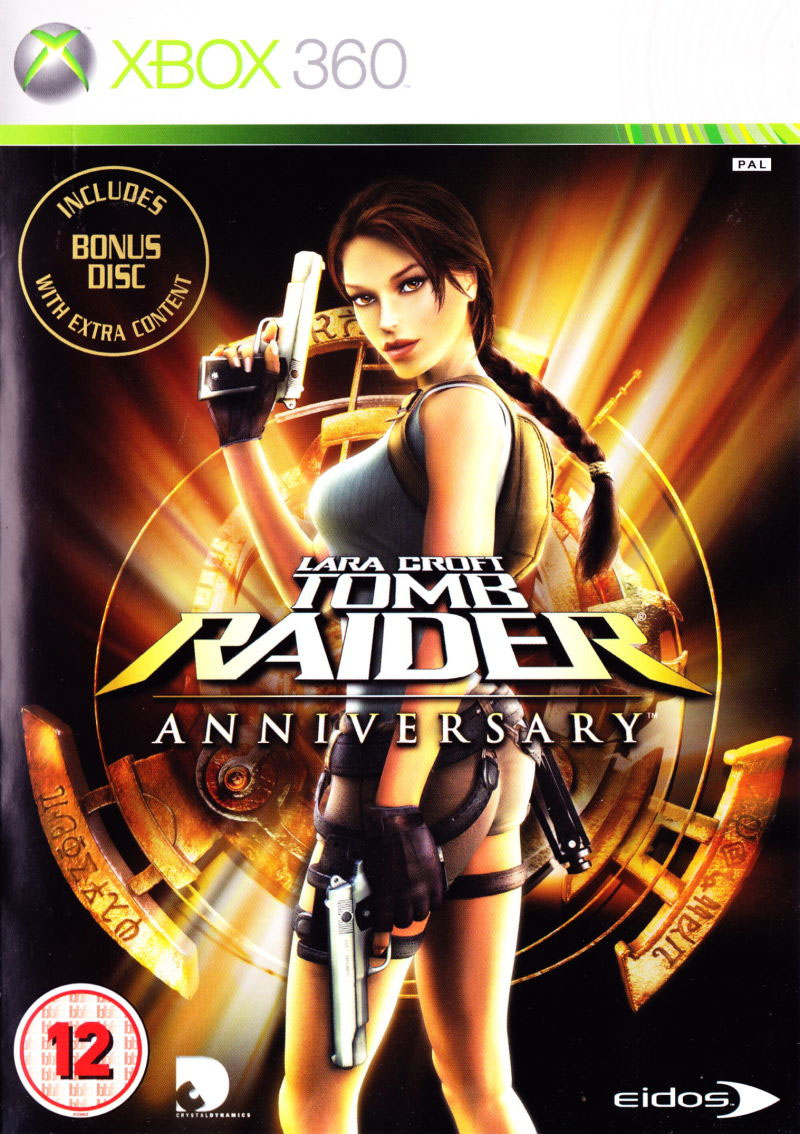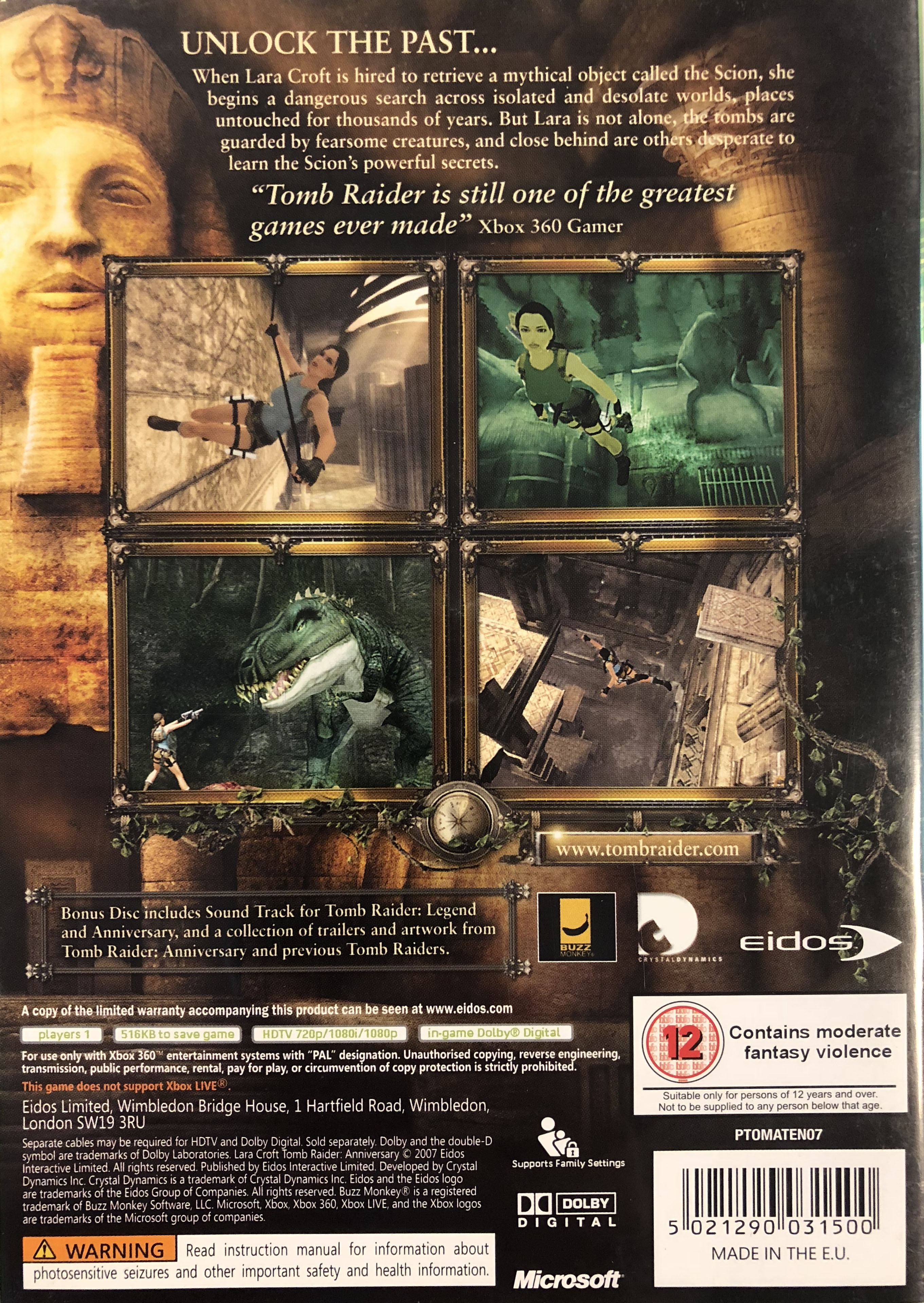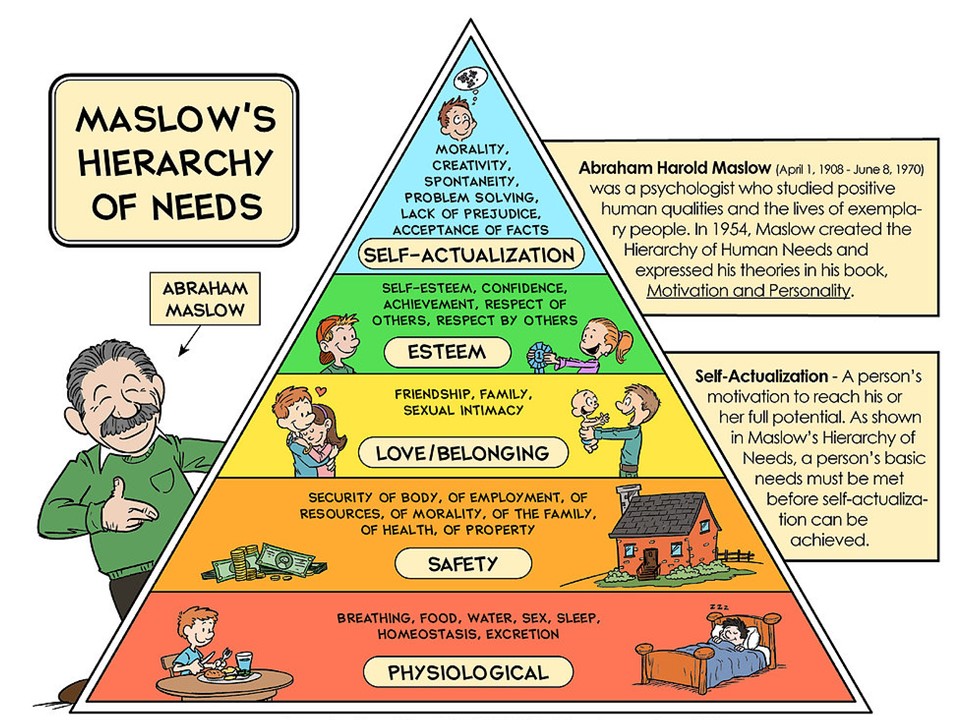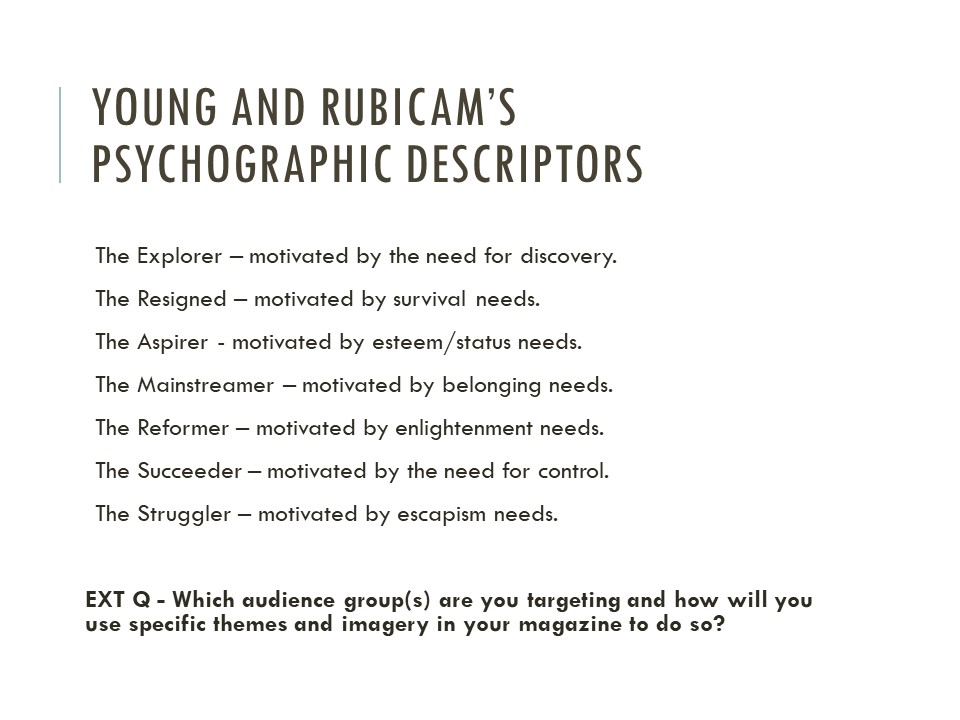Overview
As mentioned in previous posts, the way to approach any new subject is to think about different forms which each have a different languages. So for example, there are different forms of literature, music, painting, photography, film and so on. An earlier post looked at the LANGUAGE OF PRINT, this post looks at NARRATIVE and is linked to my post on the LANGUAGE OF MOVING IMAGE. In other words, I am primarily linking narrative as a way of thinking about moving image, but it is possible to link narrative to print products, on-line products, audio products and so on.
Narrative Theory
Structuralism has been very powerful in its influence on narrative theory. Its main virtue is that it is most interested in those things that narratives have in common, rather than in the distinctive characteristics of specific narratives.
Turner p.85 ‘Film as Social Practice’
When looking at moving image products, it is therefore possible to look for patterns, codes, conventions that share a common features. In other words, narrative theories look at recognisable and familiar structures, that help us to understand both how narratives are constructed and what they might mean.
For example, it is clear that narratives are a combination of many individual elements (sound, image, text etc) which are edited (connected) together. Narratives are organised around a particular theme and space and are based in an idea of time. So for example, many narratives (Film, TV, Radio) are usually LINEAR and SEQUENTIAL, in that they start at 00:00 and run for a set length. This means that they normally have a beginning, middle and end. However, as with all creative work, it is possible to break, alter or subvert these rules.
Narrative theory can be applied to moving image texts but in many ways, narrative theory transcends a specific media form, such as, film and television and is able to take on a much greater significance in terms of how we organise our lives, our days, our weeks, our years, how we interact with each other, how we organise our memories, our ideas, aspirations and dreams.
So once again, looking at theory allows students to think beyond a particular subject and beyond the learning framework into their own existence! For now, we will stick with looking at some theories that will help students to understand, discuss and construct narrative structures.
Vladimir Propp (Character Types and Function)
- Hero
- Villain
- Victim
- Princess
- Dispatcher
- False Hero
- Father
You do not need to recognise all of these characters, but it is a good way to understand the way in which characters function to provide narrative structure: The villain. struggles against the hero. The donor. prepares the hero or gives the hero some magical object. The (magical) helper. helps the hero in the quest. The princess and her father…The dispatcher…. The hero or victim/seeker hero….False hero
Tztevan Todorov (Tripartite narrative structure):
- Equilibrium
- Disruption
- New equilibrium
Claude Levi-Strauss (Binary Oppositions)
This theory encourages students to understand key themes that underpin action and dialogue to develop a set of messages that the audience are able to decode and understand. It helps to create the dominant message (ideology) of a film, TV programme, advert, animation etc so in this way students could make a judgement as to whether an individual media text supports the dominant ideology of society, which would make it a reactionary text or challenges and undermines the dominant ideology of society, in which case it could be seen as a radical text.
However, as mentioned in previous posts, the way in which individual students / audience members decode specific texts, is also contingent on their own individual ideas, attitudes and beliefs (ie their own individual ideology). So de-coding a text is not necessarily the same thing as agreeing on its’ fixed meaning. These ideas are explored further on posts about audience.
For now, get students to think about individual texts as a set of binary opposites, for example, you could construct a scale chart (as below) around key themes and concepts that the media text plays upon and get students to rate the text that they are looking at. This way they can discuss ideological stances on gender, race, class, age etc etc. Use any number of polarising concepts.
CONCEPT | strongly agree | agree | neutral | agree | strongly agree | OPPOSITE CONCEPT |
| GOOD | BAD | |||||
| EAST | WEST | |||||
| FEMALE | MALE | |||||
| STRAIGHT | GAY | |||||
| WHITE | BLACK | |||||
| URBAN | REGIONAL | |||||
| POOR | RICH | |||||
| EDUCATED | STUPID | |||||
| RELIGIOUS | SECULAR |
Seymour Chatman: Satellites & Kernels
- Kernels: key moments in the plot / narrative structure
- Satellites: embellishments, developments, aesthetics
This theory allows students to break down a narrative into 2 distinct elements. Those elements which are absolutely essential to the story / plot / narrative development, which are known as KERNELS and those moments that could be removed and the overall logic would not be disturbed, known as SATELLITES. Think about the way satellites orbit something bigger like a planet. Satellites are therefore used to develop character, emotion, location, time and so on. In this way they are really useful elements but could be seen as not essential to the story.
Roland Barthes: Proairetic and Hermenuetic Codes
- Proairetic code: action, movement, causation
- Hermenuetic code: reflection, dialogue, character or thematic development
Although the words proairetic and hermenuetic may seem very complex, it is easy for students to grasp in that moving image products are either based around ‘doing’ / ‘action’ or ‘talking’ / ‘reflection’. Look at this sequence from Buster Scruggs (Dir J Coen E Coen 2018), which is basically divided into ‘some talking’ which leads into ‘some doing’!

